Keyword
Monitorização e Controle de Qualidade do Meio Marinho
29 record(s)
Type of resources
Available actions
INSPIRE themes
Provided by
Years
Formats
Representation types
Update frequencies
Status
Service types
Scale
geoDescCode
cartografia
geographicCoverage
geographicCoverageDesc
inspirecore
hvd
referenceDateRange
denominatorRange
resolutionRange
dataPolicy
openServiceType
dataType
dataFormat
-
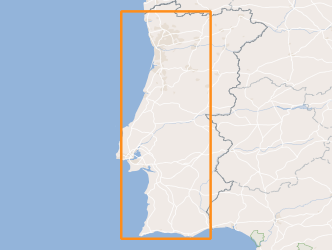
Location of the sampling stations considered in the analyzes from IPMA's Marine biotoxins Laboratory included in the National Bivalve Molluscs Monitoring System.
-
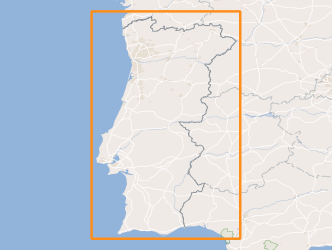
Nosologic map of the Japanese Shell in mainland Portugal. The health screening of the species population aims the identification and characterization of diseases affecting the Japanese Shell and their characterization both as to its epidemiology (incidence, prevalence and intensity of the disease), as to their impact on production. This information is intended to characterize the different production areas of the species from the health point of view.
-

Nosologic map of the Mussel in mainland Portugal. The health screening of the species population aims the identification and characterization of diseases affecting the Mussel and their characterization both as to its epidemiology (incidence, prevalence and intensity of the disease), as to their impact on production. This information is intended to characterize the different production areas of the species from the health point of view.
-
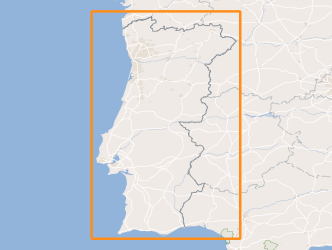
Nosologic map of the Portugese Oyster in mainland Portugal. The health screening of the species population aims the identification and characterization of diseases affecting the Portugese Oyster and their characterization both as to its epidemiology (incidence, prevalence and intensity of the disease), as to their impact on production. This information is intended to characterize the different production areas of the species from the health point of view.
-
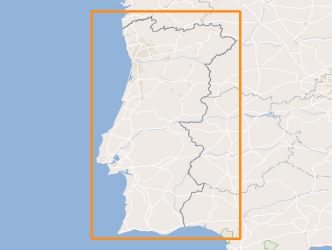
Nosologic map of the Common Cockle in mainland Portugal. The health screening of the species population aims the identification and characterization of diseases affecting the Common Cockle and their characterization both as to its epidemiology (incidence, prevalence and intensity of the disease), as to their impact on production. This information is intended to characterize the different production areas of the species from the health point of view.
-

Nosologic map of the European Flat Oyster in mainland Portugal. The health screening of the species population aims the identification and characterization of diseases affecting the European Flat Oyster and their characterization both as to its epidemiology (incidence, prevalence and intensity of the disease), as to their impact on production. This information is intended to characterize the different production areas of the species from the health point of view.
-

Location of the sampling stations considered in the analyzes from IPMA's Phytoplankton Laboratory included in the National Bivalve Molluscs Monitoring System.
-

Microbiological monitoring of bivalve mollusc production areas in mainland Portugal, since the year 2014, performed by quantification of Escherichia coli in meat and liquid intravalvular live bivalve, according to the sample planning. These analyzes are part of the National monitoring system of bivalve mollusc production areas and are considered in the classification of these areas and in the decision-making relative to their status. The data is collected according to the Regulation (EC) No 854/2004 of the European Parliament and of the Council of 29 April 2004 and the rules set out in Decree No. 1421/2006 of the Ministries of Economy and Innovation and Agriculture, Rural Development and Fisheries of 21 December 2006.
-
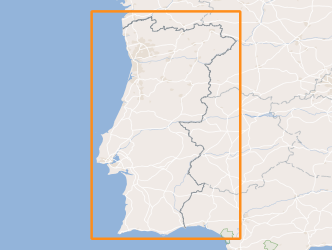
Nosologic map of the Pullet Carpet Shell in mainland Portugal. The health screening of the species population aims the identification and characterization of diseases affecting the Pullet Carpet Shell and their characterization both as to its epidemiology (incidence, prevalence and intensity of the disease), as to their impact on production. This information is intended to characterize the different production areas of the species from the health point of view.
-
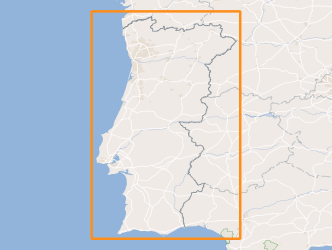
Nosologic map of the Grooved Carpet Shell in mainland Portugal. The health screening of the species population aims the identification and characterization of diseases affecting the Grooved Carpet Shell and their characterization both as to its epidemiology (incidence, prevalence and intensity of the disease), as to their impact on production. This information is intended to characterize the different production areas of the species from the health point of view.
